Meteorite is ferrous “stone,” pieces of iron-rich space rock that entered earth’s atmosphere and landed on terra firma.
If you want to be romantic about it, a meteorite is the heart of a shooting star.
Meteorites are named for the places they are found, and there are two that the watch industry seems to prefer working with: Gibeon and Muonionalusta. The reason they are so popular for watch dials is that these two iron-nickel-based meteorite types exhibit prominent Widmanstätten structures – typical striations and patterns that become evident once the material is subjected to a chemical bath. The structures themselves are created by the extreme temperature changes the meteorite undergoes upon entering the earth’s atmosphere.
Gibeon, believed to have fallen to earth in prehistoric times, was found in Namibia, while Muonionalusta, first found by children in Sweden in 1906, is estimated to be about one million years old.
I am particularly partial to the use of meteorite in watches: when I gaze at a meteorite dial, I see a tamed piece of heaven keeping track of time passing.
Here are five watch brands also seduced by the beauty of meteorite and its philosophical and symbolic representations with creations that made their debuts in 2019.
Rolex GMT-Master II “Pepsi” with meteorite dial (Ref. 126719BLRO)
The GMT-Master II “Pepsi” is not the first Rolex model outfitted with meteorite, but it still strikes me as unusual to see these sporty models pop up occasionally with dials made of a piece of 200 million-year-old Gibeon that literally fell from the heavens.
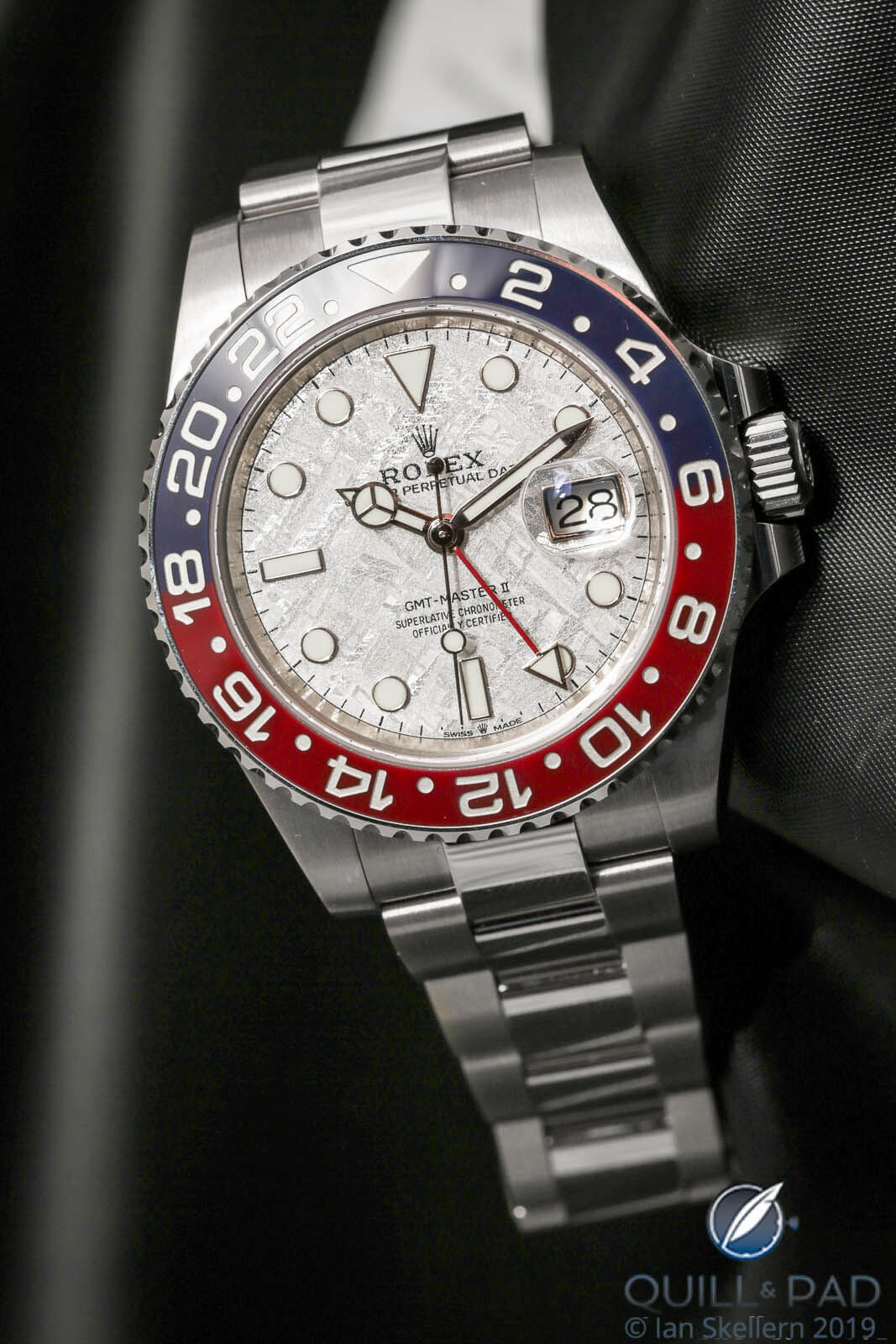
Rolex GMT-Master II “Pepsi” with meteorite dial
This is the first meteorite dial to appear in the GMT-Master line, though we have previously seen examples in the Daytona, Day-Date, Datejust, and Cellini lines – the latter with meteorite forming the moon in the moon phase window. I don’t think there is a much more fitting use for this space rock than to form a miniature moon.
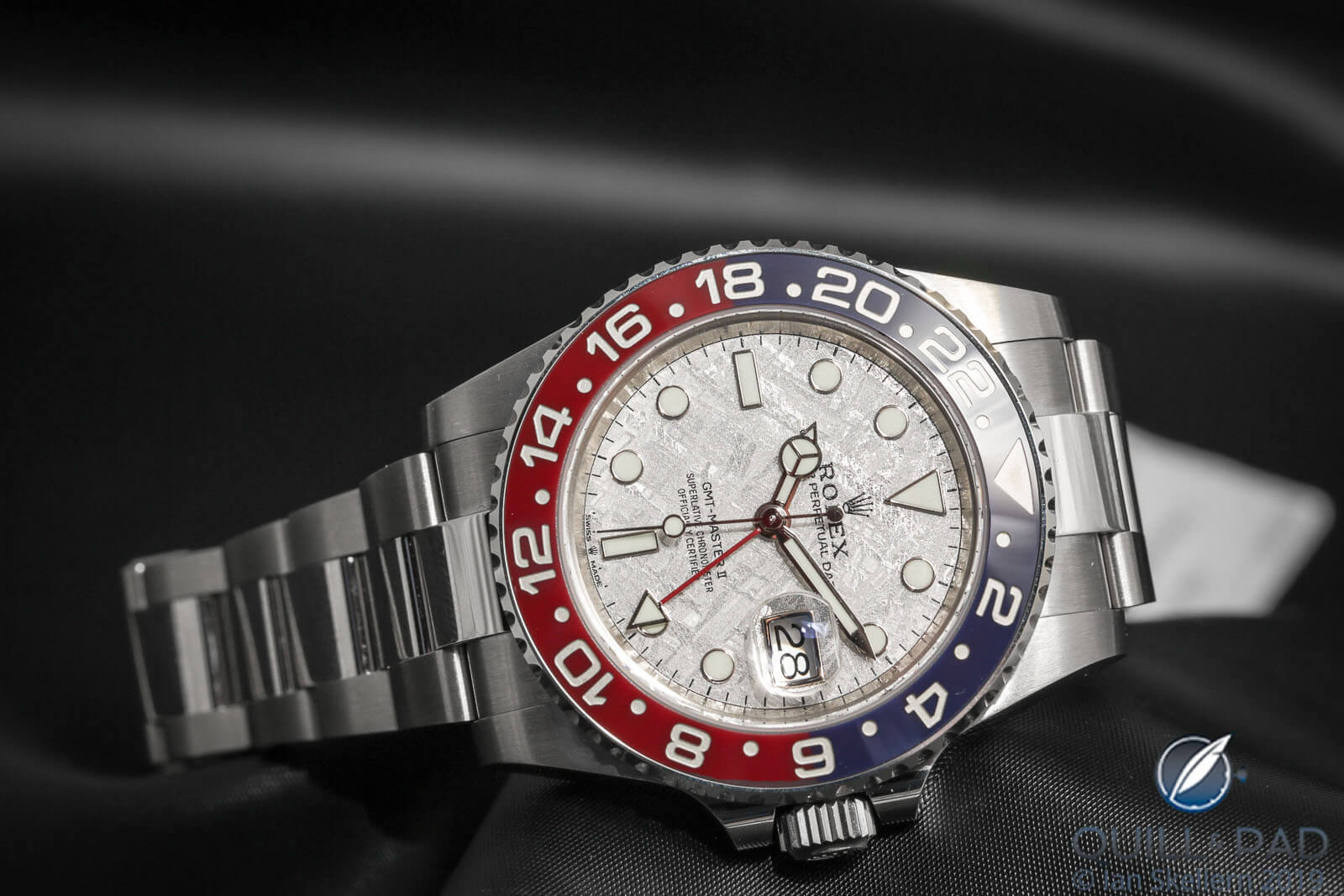
Rolex GMT-Master II “Pepsi” with meteorite dial
Contrary to what I might have imagined if someone had just described this watch to me, the juxtaposition of the glittering meteorite dial (which has probably been coated with rhodium to get this bright silver color) with the vivid blue-and-red ceramic bezel is not at all jarring. Though I would have preferred it without the magnifying loupe (Cyclops) over the date window.
The Widmanstätten structures provide a great deal of visual interest by catching the light, adding even more desirability to an already desirable watch.
For more please visit www.rolex.com/watches/gmt-master-ii.
Quick Facts Rolex GMT-Master II “Pepsi” Ref. 126719BLRO
Case: 40 x 12.4 mm, white gold with blue-and-red Cerachrom ceramic bezel insert
Dial: meteorite
Movement: automatic Caliber 3285 with 70-hour power reserve, Chronergy escapement, Parachrom hairspring, officially certified C.O.S.C. chronometer and Rolex certification
Functions: hours, minutes, hacking seconds; instantaneous date, 24-hour display, second time zone with independent quick setting of the hour hand
Price: $38,400/€34,900/36,600 Swiss francs
Jaquet Droz Loving Butterfly Automaton
The Jaquet Droz Loving Butterfly Automaton tells a story with its expressive dial and ultra-creative mechanics, recounting a scene in the woods, perhaps in the forest surrounding La Chaux-de-Fonds, where it’s possible to have one foot in Switzerland and another in France.
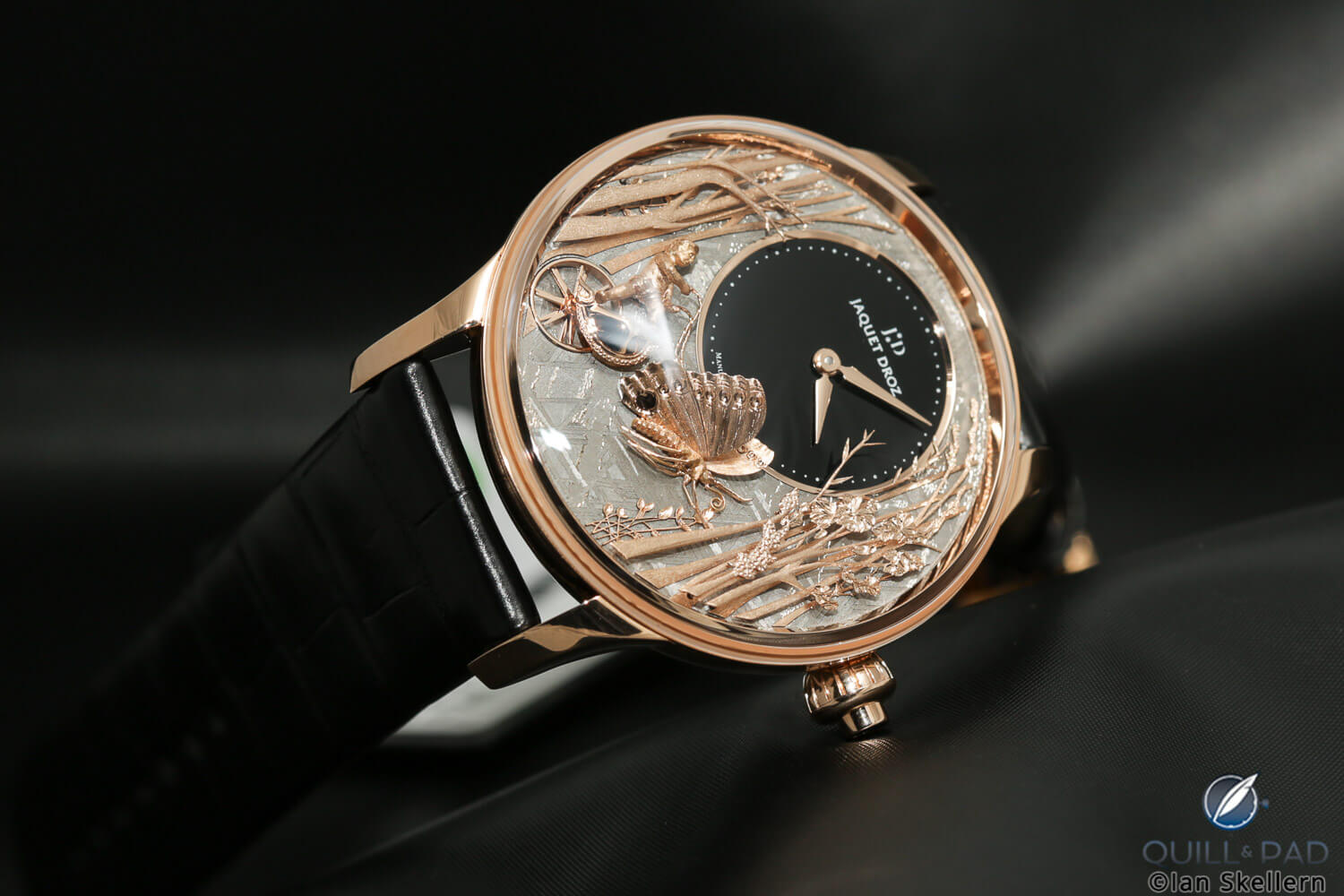
Jaquet Droz Loving Butterfly Automaton with meteorite dial
The focus of the scene is a hand-engraved butterfly-drawn chariot. The three-dimensionality of the delicate butterfly makes it appear alive – all it takes is a push of the crown button for the golden butterfly to gracefully start flapping its wings, which it does 300 times over the course of approximately two minutes.
The forest making up the background is a naturalistic nod to the La Chaux-de-Fonds area; the hypnotic scene featuring hand-engraved trees only 0.2 mm thick contrasts brightly against the backdrop of a bright grey meteorite dial. Rather than simply be stacked on top of the other, each of those trees are set onto pinions, just like the hands of a watch.
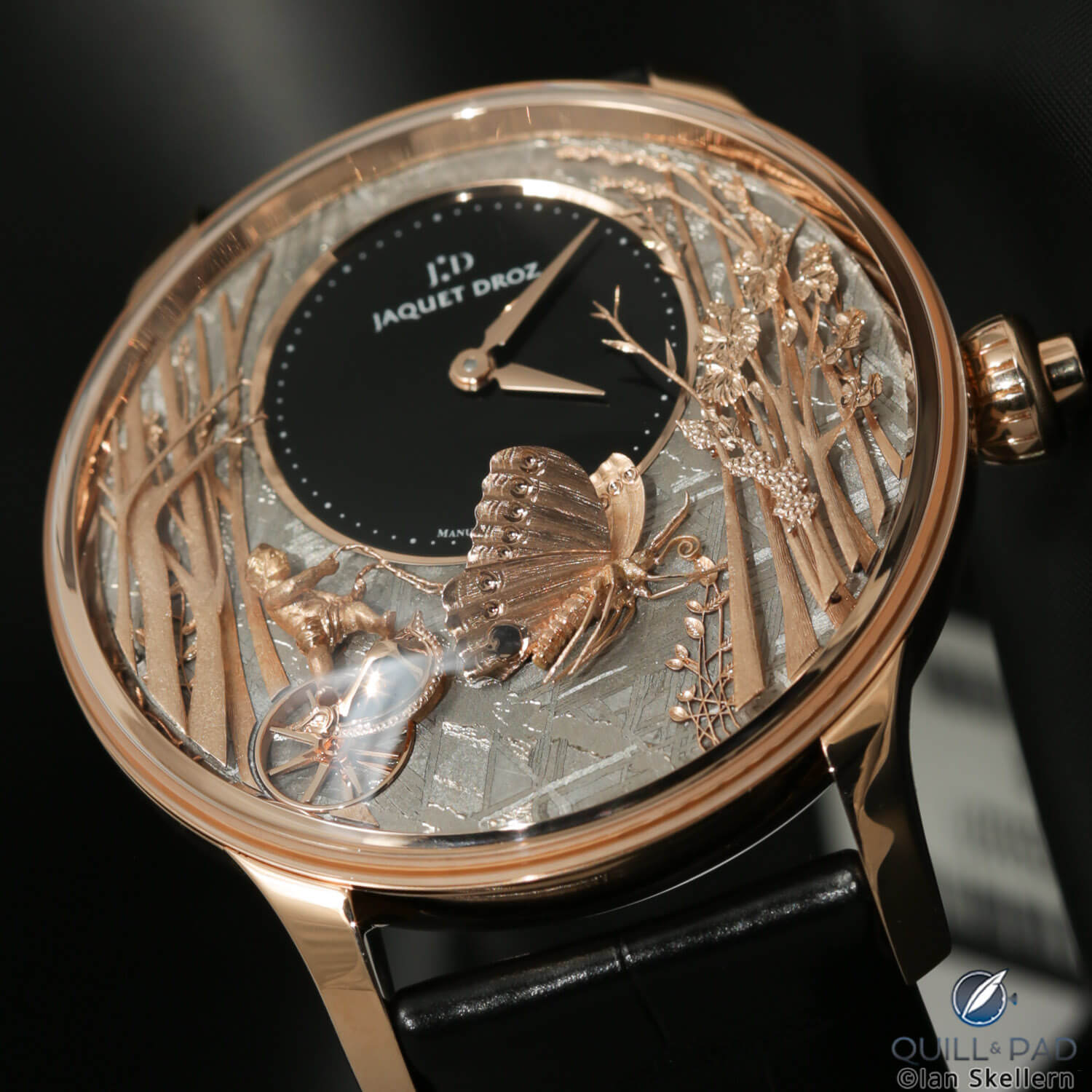
Jaquet Droz Loving Butterfly Automaton with meteorite dial
Additionally, the 40 individual parts of the little Cupid-and-butterfly tandem, meticulously hand-engraved in red gold, appear to move, gracefully pulled by the butterfly, thanks to the turning chariot wheel driven from the same barrel powering the butterfly animation. There are three spring barrels in this movement, two providing energy to the timing gear train and one to the automaton.
The seemingly quickly revolving chariot wheel is an optical illusion made possible by a combination of fixed and motive spokes, a technique often used by automaton designers.
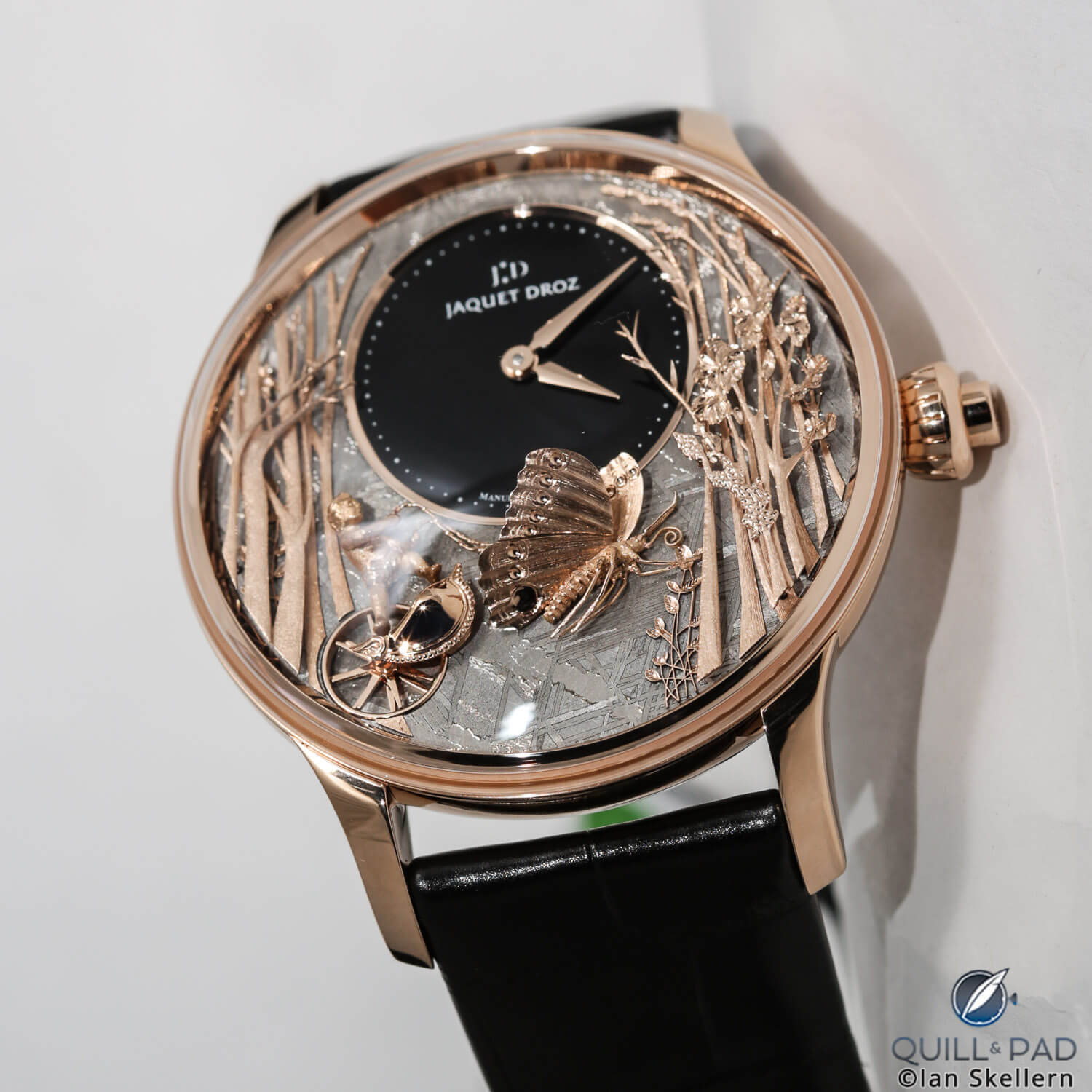
Jaquet Droz Loving Butterfly Automaton with meteorite dial
The red gold of the Loving Butterfly’s case and hand-engraved dial components go well with the silver-grey of the meteorite dial and onyx of the time subdial. The color combination is a real feast for the eyes.
For more please visit www.jaquet-droz.com/en/jaquet-droz-loving-butterfly-automaton.
Quick Facts Jaquet Droz Loving Butterfly Automaton
Case: 43 x 16.63 mm, red gold
Dial: meteorite
Movement: automatic Caliber 2653 ATI with silicon balance spring and pallet lever, double spring barrel, 68-hour power reserve plus manually wound automaton with its own spring barrel activated by pushing the crown button
Functions: hours, minutes; Cupid and butterfly automaton
Limitation: 28 pieces
Price: $126,000
Romain Gauthier Prestige HMS Stainless Steel with Henbury Meteorite
Romain Gauthier has chosen to use a very different type of meteorite to enhance the look of his very first serially produced stainless steel watch. This Prestige HMS is outfitted with a very rare cosmic dial from the Henbury meteorite discovered in Australia.
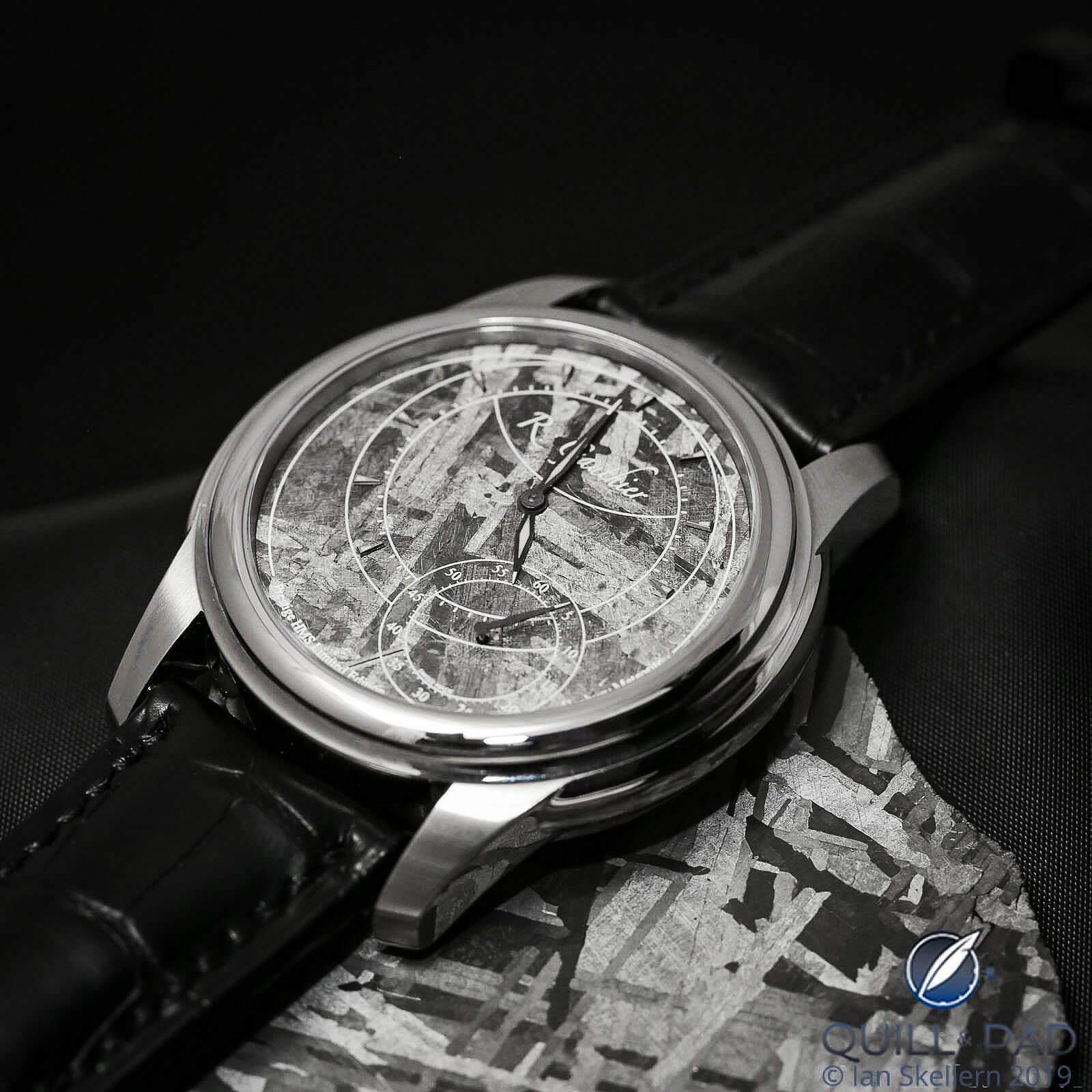
Romain Gauthier Prestige HMS in stainless steel with Henbury meteorite dial
“When I first set eyes on this meteorite, the size of its crystal bands and the way they reflect the light, I knew that it was something special,” Gauthier explained. “It really stood out from the other iron meteorites that we are used to seeing. Immediately my thoughts turned to how I could use it for a special-edition timepiece.”
Unlike the HMS Ten celebrating Romain Gauthier’s decade as watch brand, this Prestige HMS uses its meteorite disk as a full dial, meaning there are no cutaways. Full dials like this are also unusual in the Gauthier lineup.

Romain Gauthier Prestige HMS in stainless steel with Henbury meteorite dial
The eye-catching dial is dominated by a configuration of circles that approximate the classic, round watch, but the off-center placement of the subdial for seconds – and resulting push to the side for the word arc “Prestige HMS Limited Edition” along the bottom – provide a great deal of visual interest. In other words, it makes a vanilla-ish time display into double chocolate with whipped cream, the cherry on top formed by the beautiful glint of the meteorite structures.
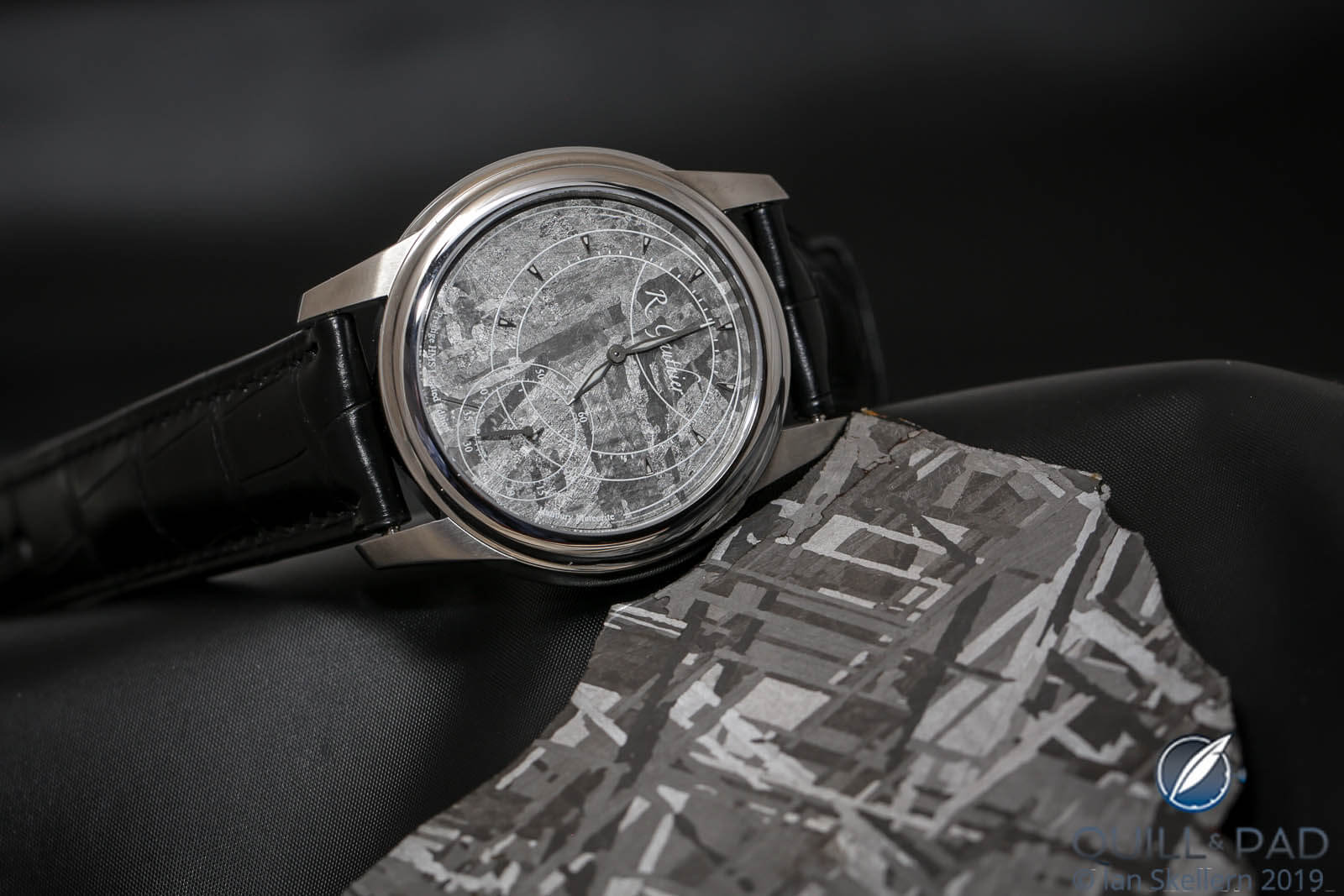
Romain Gauthier Prestige HMS in stainless steel with Henbury meteorite dial
The art lies in primarily scoping out the part of the stone that makes for the most beautiful dial. The crystal bands, as Gauthier calls them, can look much different in various areas of the rock, and it takes a highly trained eye to choose just the right cut for a dial that highlights the beauty of the material.
For more please visit www.quillandpad.com/2019/03/12/romain-gauthier-prestige-hms-stainless-steel-with-rare-henbury-meteorite-dial.
Quick Facts Romain Gauthier Prestige HMS with Henbury meteorite dial
Case: 43 x 12.1 mm; stainless steel, flat crown on case back
Movement: manually wound Caliber 2206 HMS, 4 Hz/28,800 vph frequency, 60 hours of power reserve, black NAC-treated bridges; exceptional finishing
Functions: hours, minutes, seconds
Limitation: 10 pieces
Price: 68,000 Swiss francs (without tax)
Hermès Arceau L’Heure de la Lune
Hermès is a brand that does details so beautifully that whatever impression the makers want you to have is what you will have. And here the impression is for the owner to look at this watch and dream about the heavens. Unambiguously.
And this impression is given even more depth by the choice of dial materials (it is also available with an aventurine dial, which you can see at Hermès Arceau L’Heure De La Lune: And Pegasus Flies On The Moon).
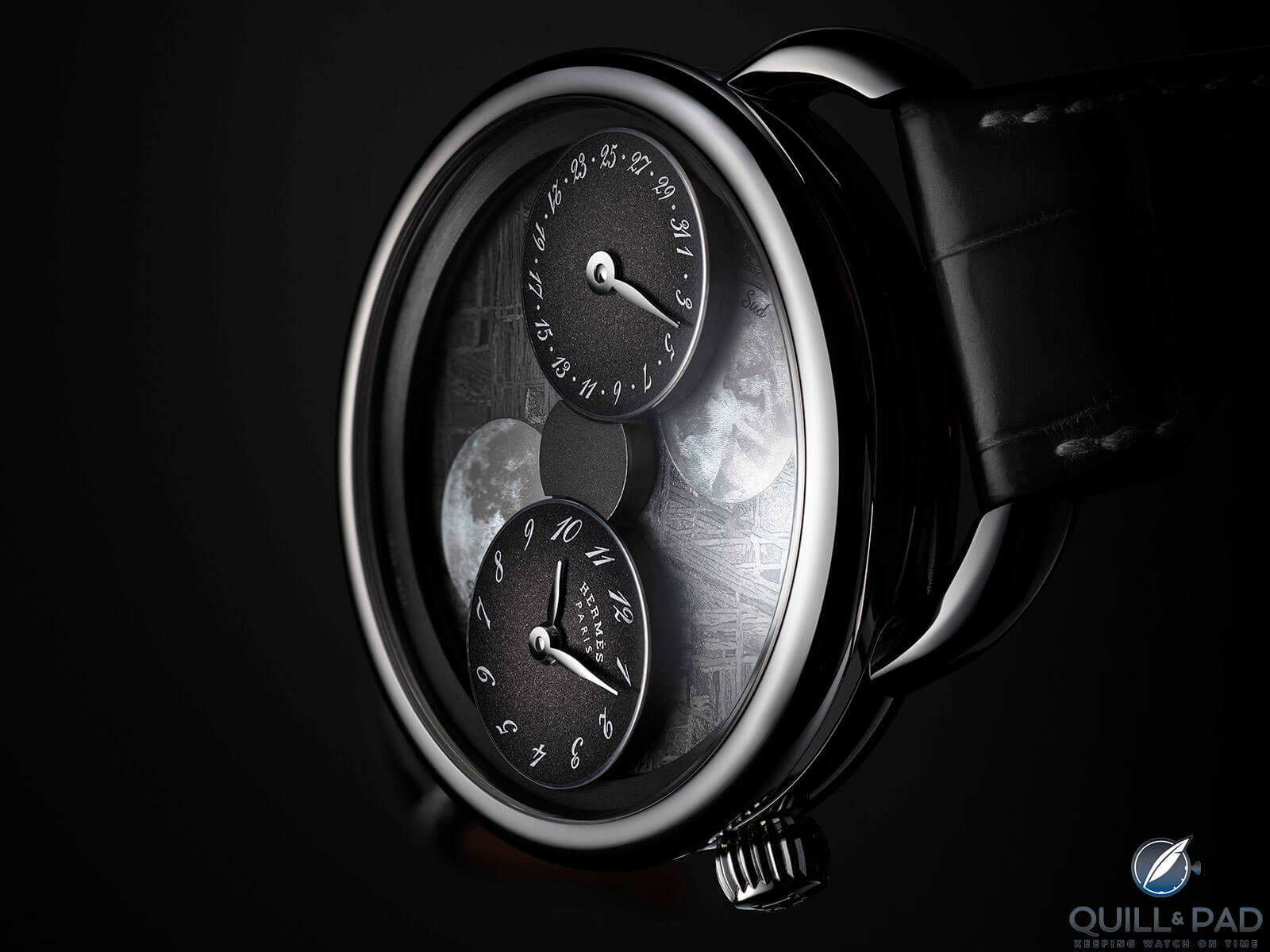
Hermès Arceau L’Heure de la Lune with meteorite dial
What the L’Heure de la Lune does above all else is offer a unique view of the moon and its phases using a simultaneous display from the northern and southern hemispheres – with the southern hemisphere on top for once. The time and date subdials revolve around static photorealistic moons, selectively covering them to represent each hemisphere’s view.
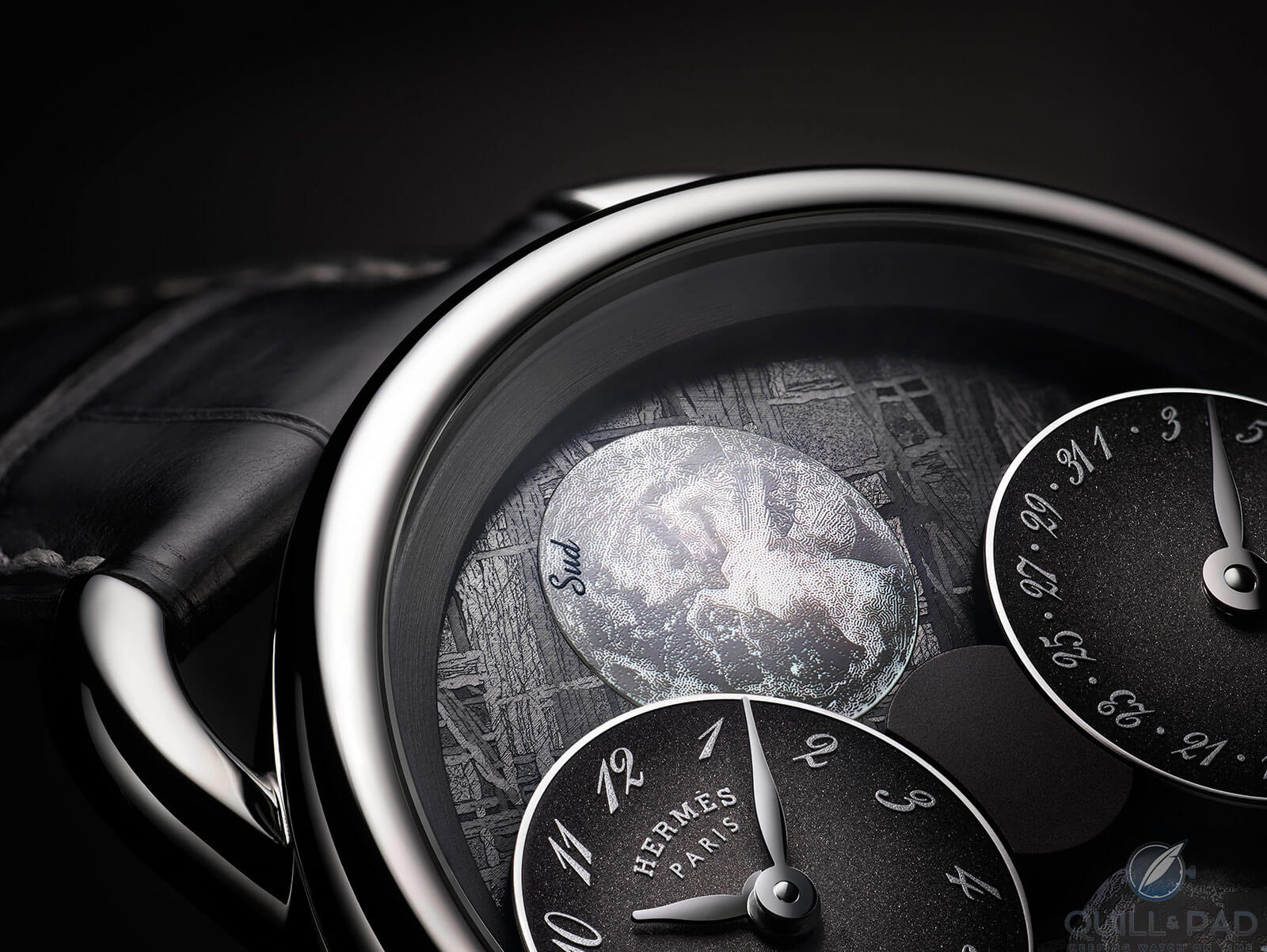
Close up look at the Hermès Arceau L’Heure de la Lune with meteorite dial
The time displays are secondary, with the moons and the symbolic heavens making up the overriding theme. Not only is this cerebral and beautiful, it is unusual.
The L’Heure de la Lune is an offbeat expression of an age-old complication, but one that is perfect for physical or spiritual travelers who like to be reminded of the time and space they have flown or will fly through.
And the displays aid in creating the idea of floating time as the subdials seem to hover.
The best part is that the technical ballet of metal components making this possible is hidden by the beautiful dial so that the wearer is given the space to dream among the stars.
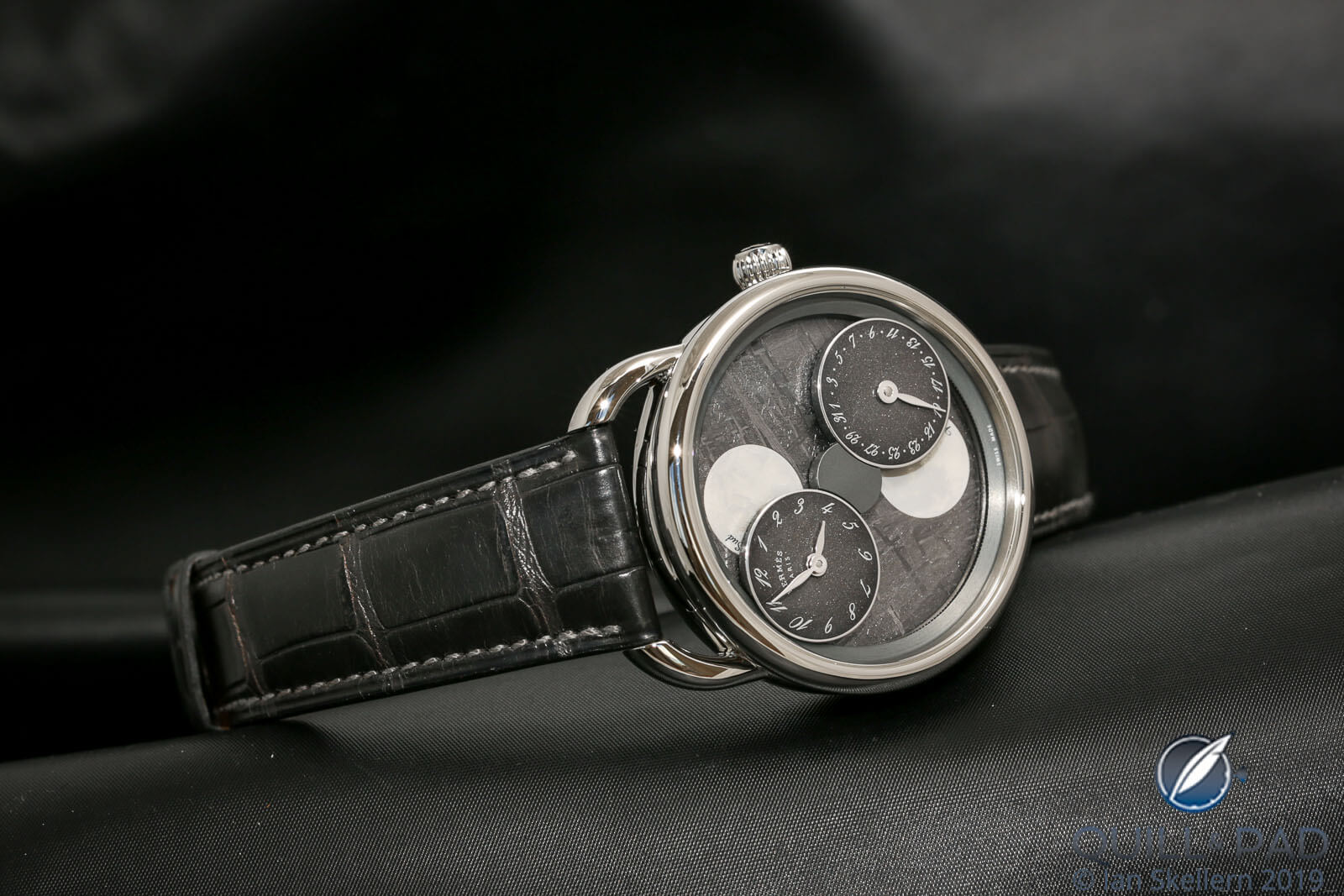
Hermès Arceau L’Heure de la Lune with meteorite dial
For more please visit www.quillandpad.com/2019/01/13/hermes-arceau-lheure-de-la-lune-pegasus-flies-on-the-moon.
Quick Facts Hermès Arceau L’Heure de la Lune
Case: white gold, 43 x 17 mm
Dial: meteorite with grey lacquered subdials and mother-of-pearl moons
Movement: automatic Hermès Caliber H1837 with Chronode module; 4 Hz/28,800 vph frequency
Functions: hours, minutes; date, double moon phase as seen from both the northern and southern hemispheres
Limitation: 100 pieces of each version
Price: CHF 26,000
Piaget Altiplano Meteorite and Altiplano Tourbillon
An unusual blue meteorite dial distinguishes this Altiplano Tourbillon from other Piaget tourbillons we’ve seen recently, including one featuring a green malachite dial shortlisted in the 2018 Grand Prix d’Horlogerie de Genève in the Artistic Crafts category.
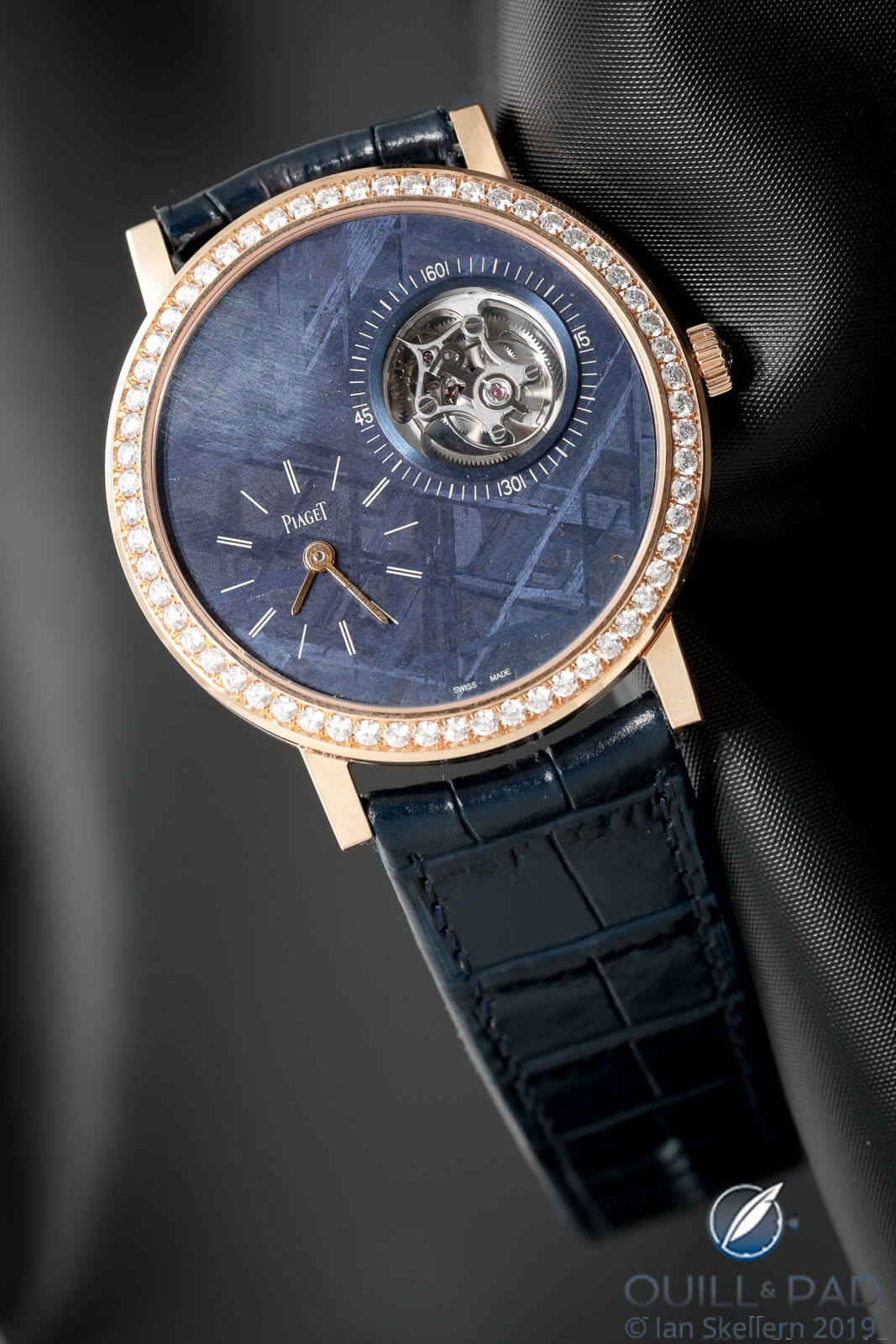
Piaget Altiplano Tourbillon with blued-meteorite dial
The flying tourbillon at 2 o’clock is the alleged star of the show, seeming to push the time display to the side at 8 o’clock, but for me the real star is this dial: a slice of meteorite that has been galvanized a deep blue is more than just a little unusual. And it is especially striking juxtaposed with the pink gold case and the sparkling diamonds set into the bezel.
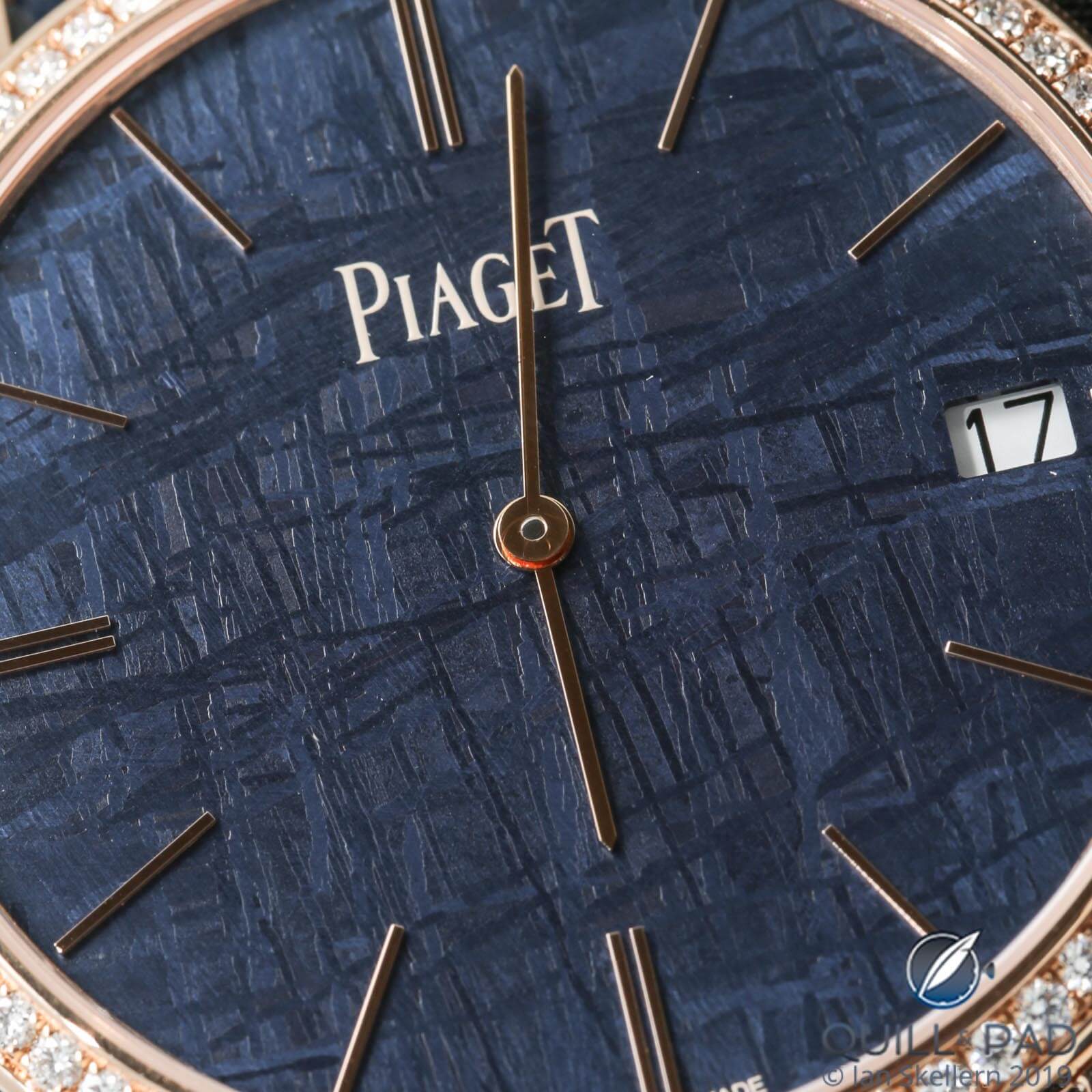
A close look at the Widmanstätten patterns on the blued-meteorite dial of the Piaget Altiplano Meteorite
The Widmanstätten structures present a beautiful shimmering effect within the deep blue color that is almost iridescent. It is certainly fascinating.
A grey meteorite dial combined with a pink or red gold case is another stunning combination that we have seen a few examples of lately – at Jaquet Droz (see above and 2016’s boutique editions of the Grande Séconde Quantième and Grande Heure Minute Quantième) and in Jaeger-LeCoultre’s 2015 Master Calendar Meteorite.
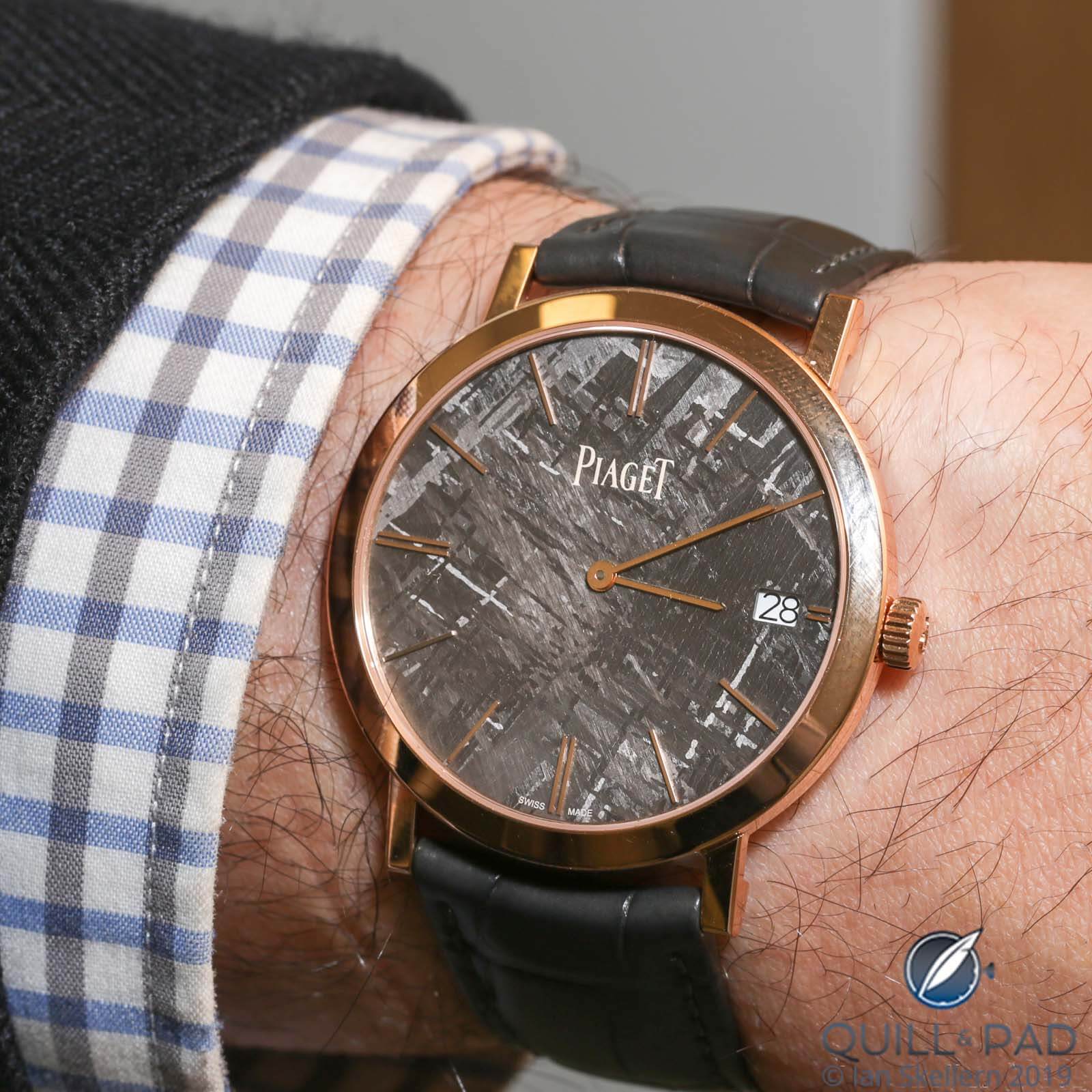
Piaget Altiplano Meteorite on the wrist
Piaget also does this type of watch well, and the newest Altiplano version is no exception. My only gripe here is the date window with its white background, which I just would have left it out as teh designer as I feel that it ruins the mood.
For more please visit www.int.piaget.com/piaget-society/2019-sihh-altiplano.
Quick Facts Piaget Altiplano Tourbillon
Case: 41 x 7.4 mm, pink gold with diamond-set bezel
Dial: galvanized blue meteorite
Movement: manually wound Caliber 670P, ultra thin, 4.6 mm height, one-minute flying tourbillon, 48-hour power reserve, 3 Hz/21,600 vph frequency
Functions: hours, minutes
Limitation: 28 pieces
Price: €110,000
Quick Facts Piaget Altiplano Meteorite
Case: 40 x 6.5 mm, pink gold
Dial: meteorite
Movement: automatic ultra-thin Caliber 1203P with micro rotor, 3 mm height, power reserve approx. 44 hours, 21,600 vph/3 Hz frequency
Functions: hours, minutes; date
Limitation: 300 pieces
Price: CHF 24,500/$24,600
You may also enjoy:
Romain Gauthier Prestige HMS Stainless Steel With Rare Henbury Meteorite Dial
Hermès Arceau L’Heure De La Lune: And Pegasus Flies On The Moon
Awesome Aphidae: Jaquet Droz’s Loving Butterfly Returns As An Exquisite Automaton
Great Rolex Experiment With The GMT-Master II Or How I Learned To Stop Worrying And Love The Crown
Jaeger-LeCoultre Master Calendar Meteorite: It’s Out Of This World!









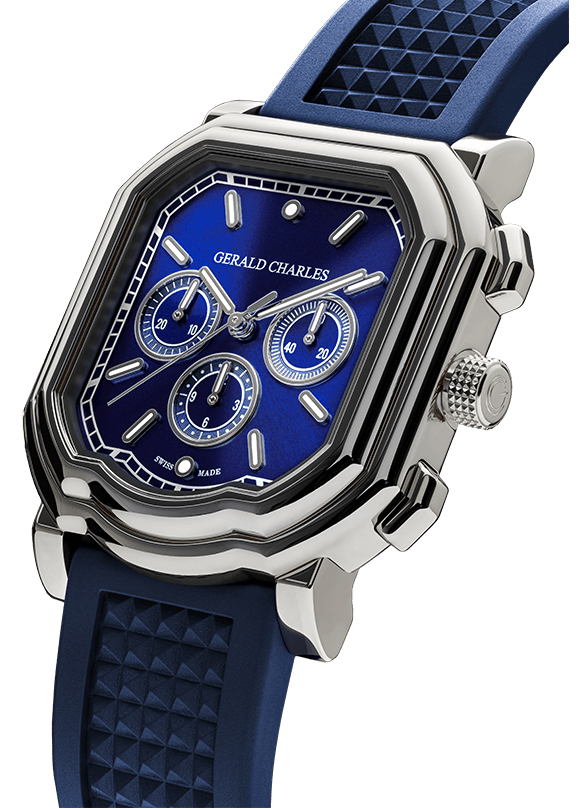

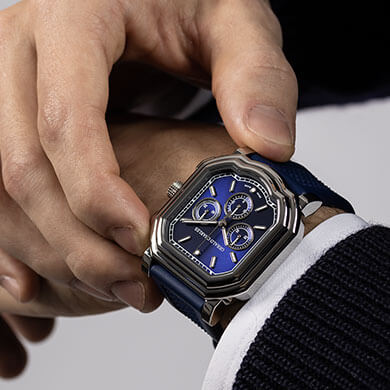
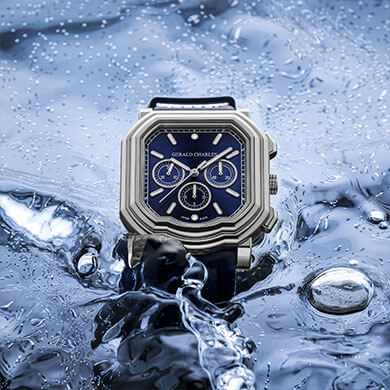





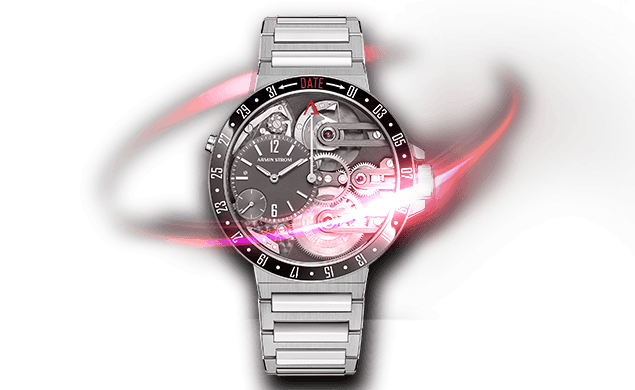
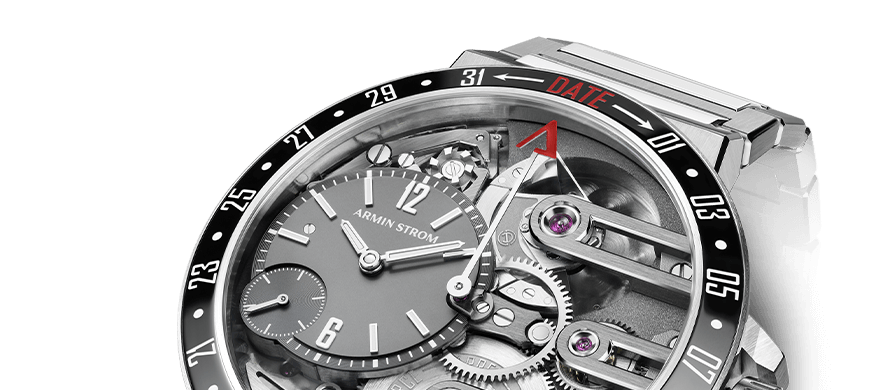
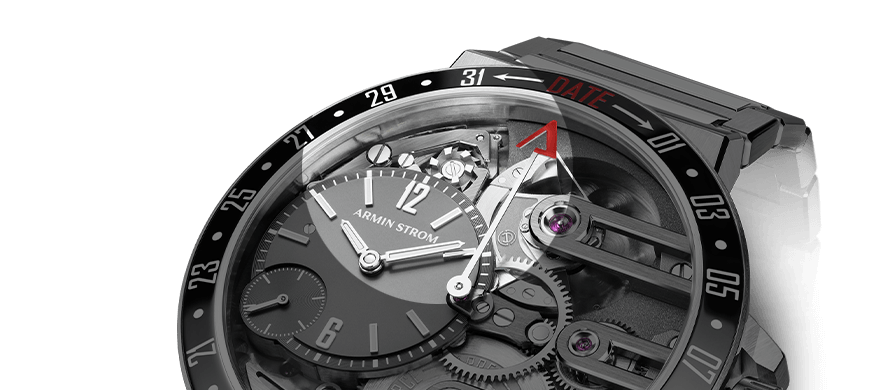


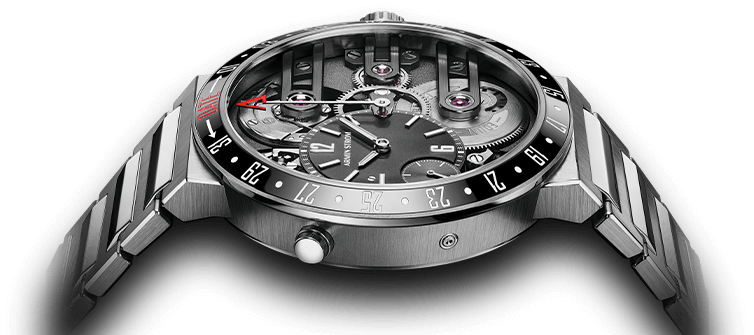
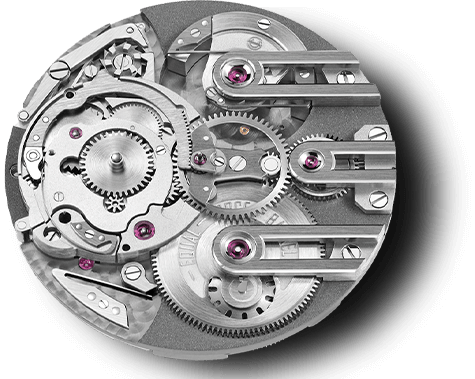

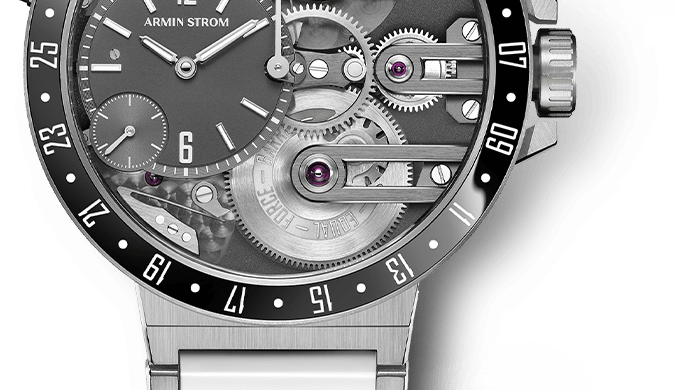
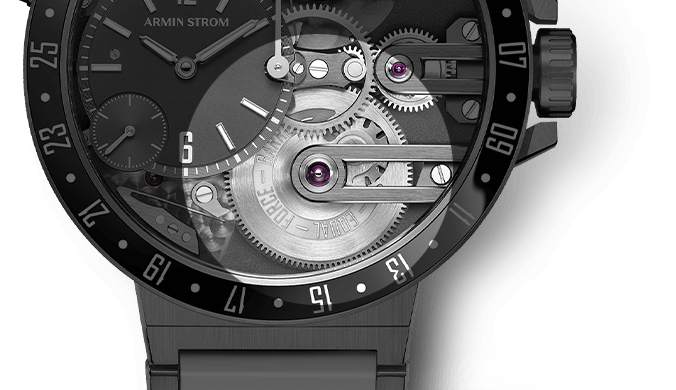




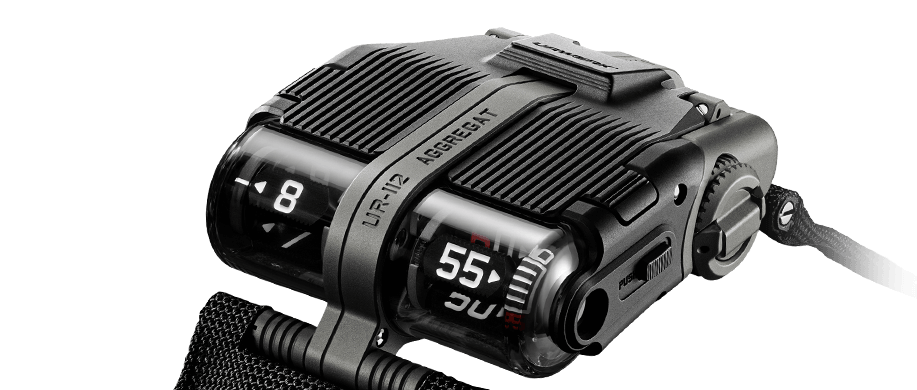
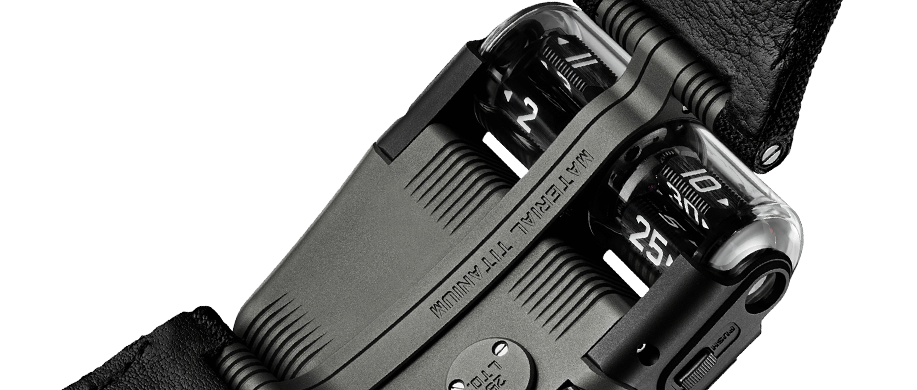
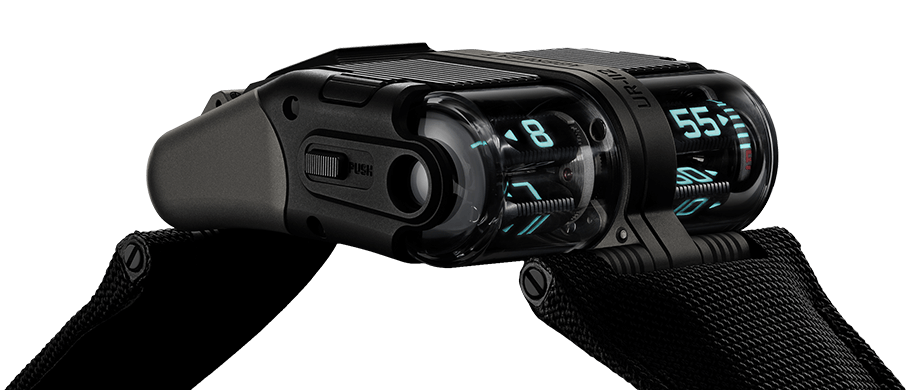


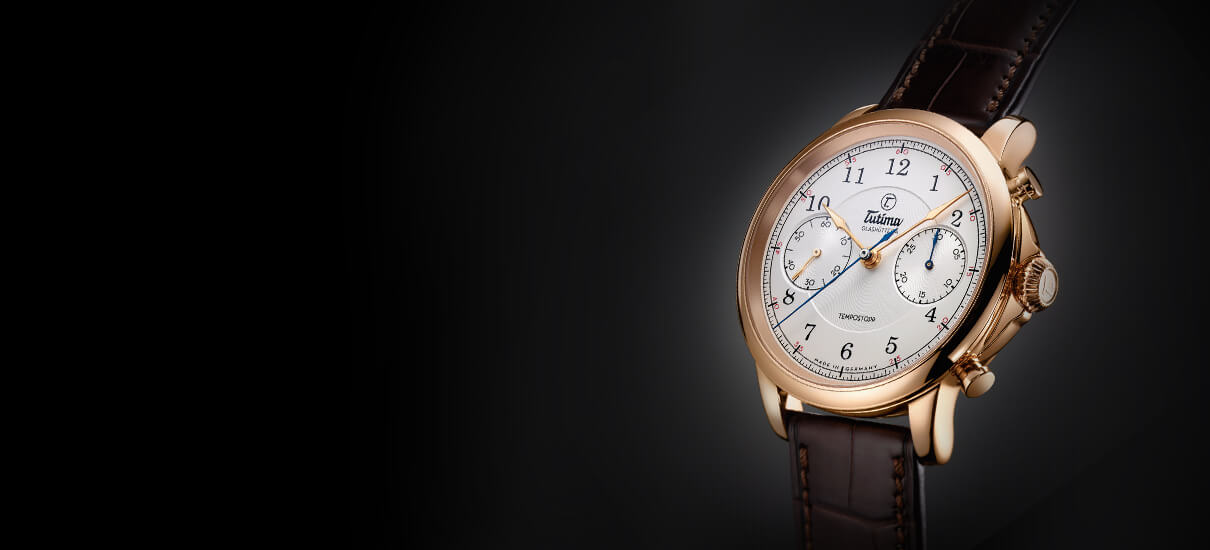



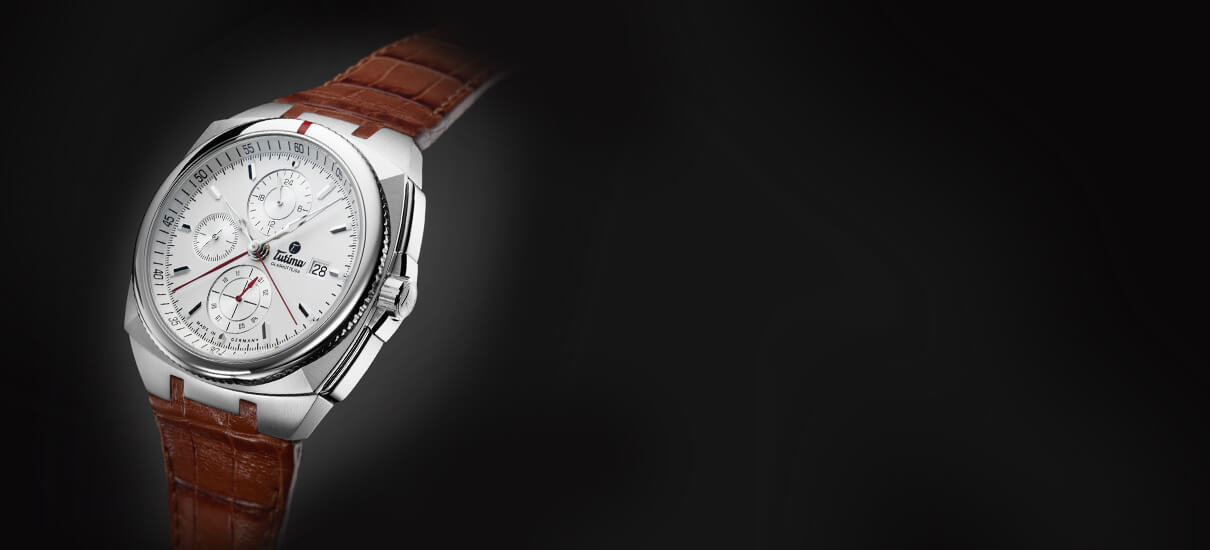

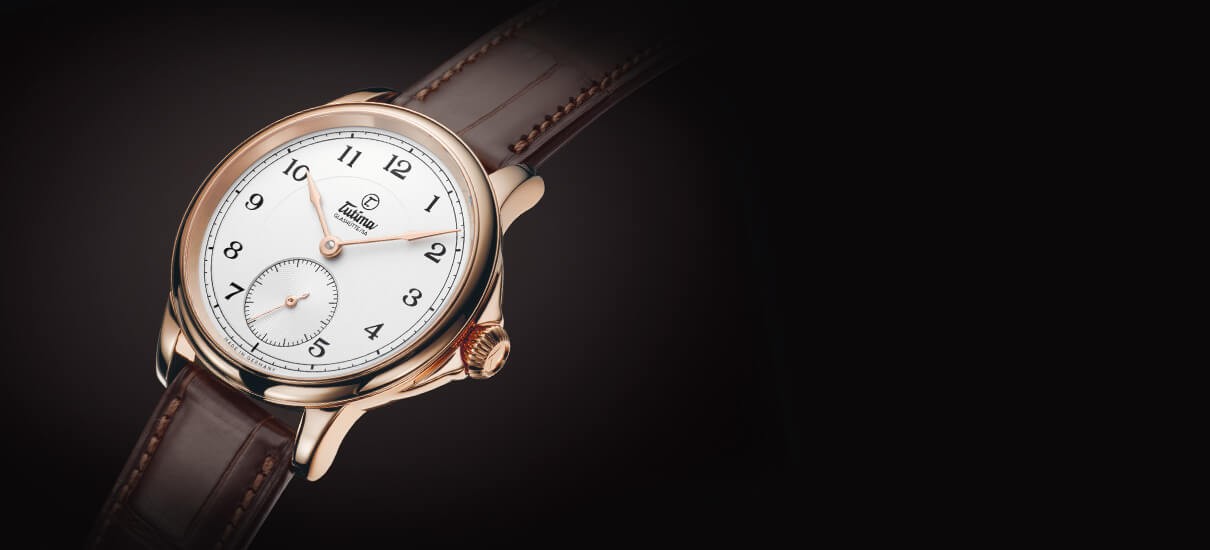



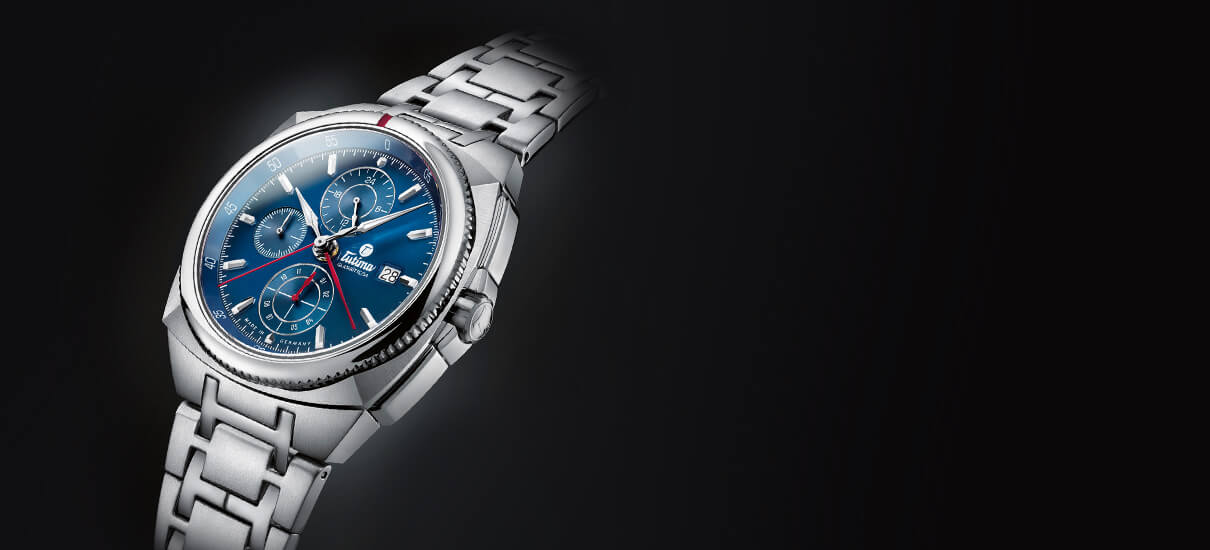

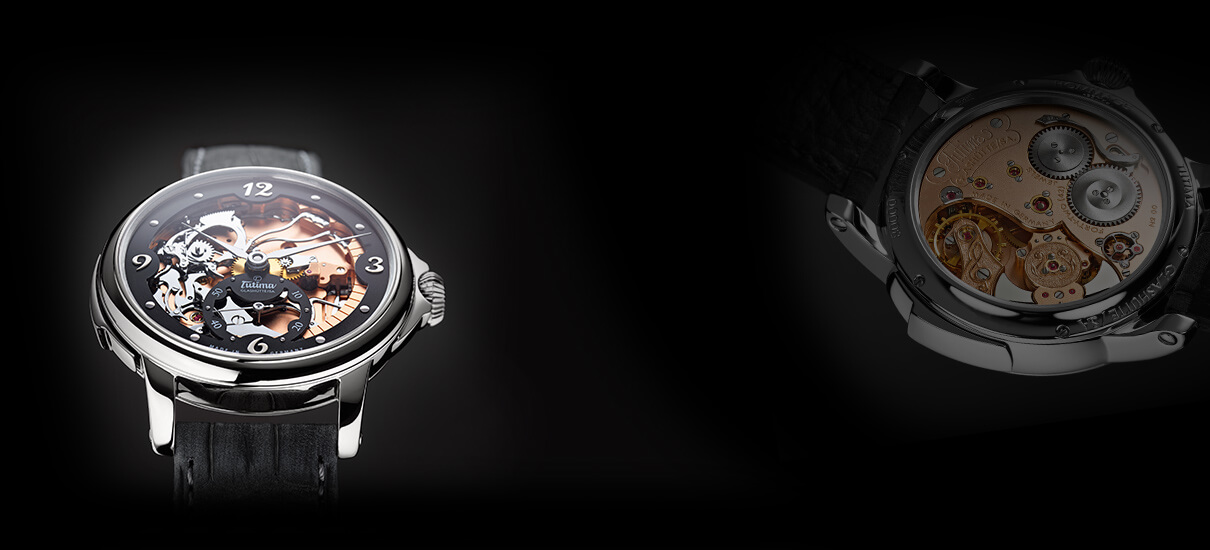



Leave a Reply
Want to join the discussion?Feel free to contribute!